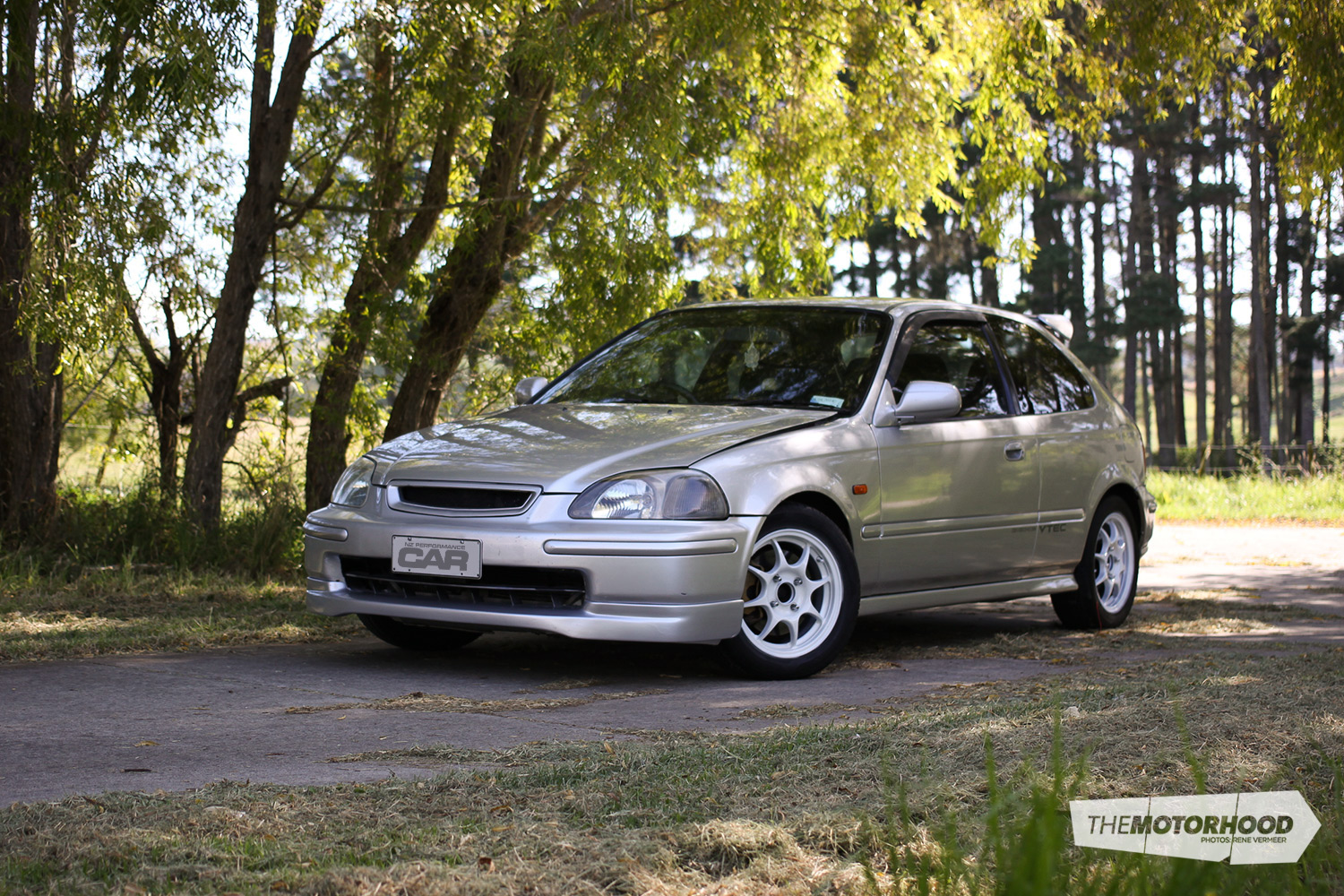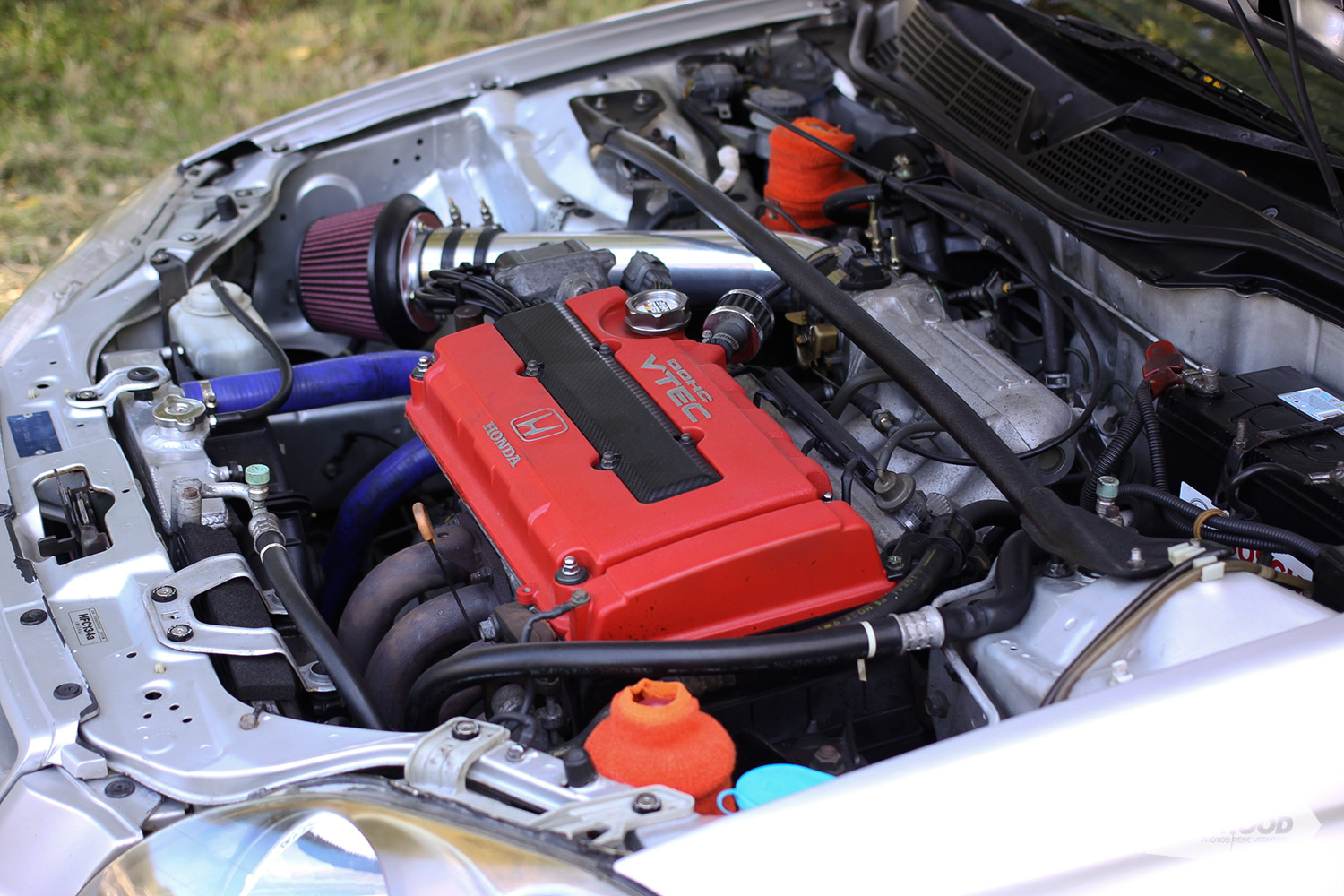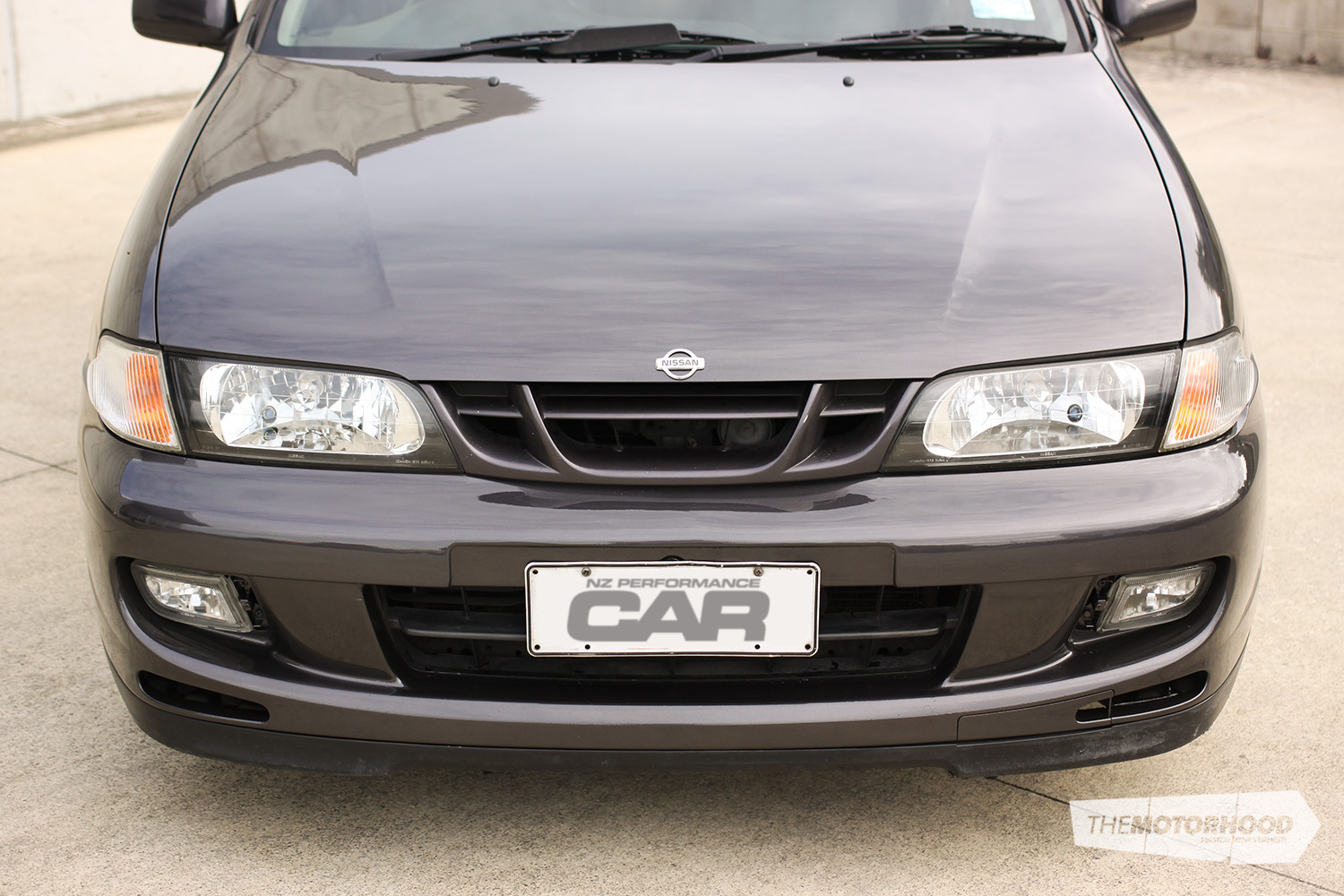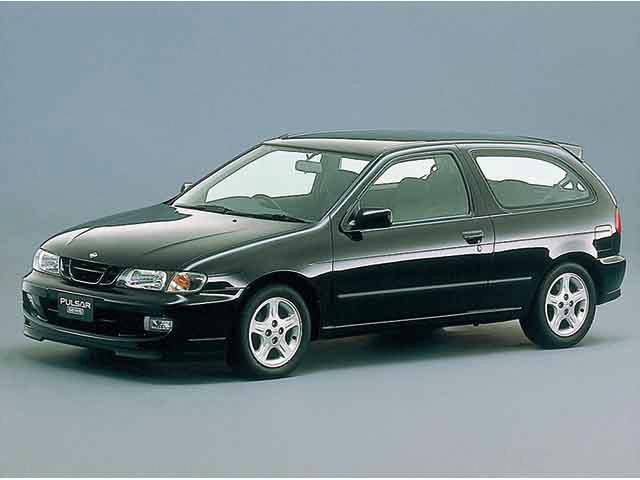The ’90s were an exciting time. I know, because I was running rampant at kindergarten/school playing with whatever badass toy was in at the time, but little did I know there was a civil war going on in Japan. Not your usual war I might add, but it was between Japanese car manufacturers who were battling it out for what would be the best hot hatch of the ’90s. Some manufacturers tried, such as Mitsubishi with their Mivec-powered Mirage Cyborg, but nobody came anywhere near Honda’s SiR Civic, and Nissan’s VZ-R. We won’t discuss the hyper hot hatches of these variants (the N1 Pulsar and the Type R Civic), as they’re still uber expensive and fairly rare. Plus, both of these cars pictured are cars I actually owned, so I’m speaking from experience. The real question here is, who did it better?
Exterior styling
The ’90s were the time where Japanese brands started producing their vehicles much rounder than ever before. Some were a complete failure, but most performance-oriented vehicles that featured chin spoilers, rear wings, bonnet vents, and black-housing headlights were a major success with most being preferred to this day over the more modern counterparts.

The Pulsar VZ-R was much prettier than the GTI and lower-spec models, and featured an aggressive front lip/bumper combo most brands couldn’t even come near. The black-housing headlights and clear corner lights were also a great success. There were various trims available throughout the four-door hatchback and the sedan model, some featuring amber indicators down the back and some clear. Some had sideskirts, others didn’t — it all depended on what was ticked on the options list when new. The factory wheels were a pleasant alloy and fit a decent 195/205-width tyre for spirited driving.

My Honda Civic EK4 wasn’t exactly factory, so above is an image of one to give you an idea. Nowhere near as aggressive as the VZ-R, I think the Civic suffered from a lack of a front lip. Also, the factory alloys weren’t as nice. However, these things can be remedied easily enough with the addition of a Civic Type R front lip, and Integra Type R wheels, like my one (however a brake upgrade is needed). That being said, I do think the Nissan Pulsar does it better, stock for stock, although many more aftermarket parts are available for the Civic.
Interior styling

I won’t ramble on too much in this category, as nobody keeps their interior stock anyway, and most of the time seats, steering wheels, and gear knobs are replaced. The Pulsar is very comfortable in factory trim. The seats are nice, the gearknob and steering wheel are durable, and the factory white gauge cluster with 9000rpm available gives a sporty impression. With the rear seat folded flat, there is plenty of room to carry around furniture, providing you remove the factory rear strut brace.

The Civic definitely gets my vote in this department. Although the weird patterns on the seats aren’t for everybody, the seats are more supportive, there is a leather gear boot, and the gauge cluster has orange numbers, letters, and dials, which add to the SiR’s character.
Handling

What impresses me most about the 1040kg VZ-R, is that even though it has a solid rear axle, three wheels around corners, and has small factory tyres, it handles extremely well. It has factory strut braces front and rear, easily upgradable sway bars, which make a huge difference, and Nismo shocks and springs available for the purists. With a good tyre, a factory VZ-R is an impressive yet forgiving performer, but if you want to get serious, this isn’t the car for you.

Hondas have been building some of the best handling hatchbacks, coupes, and sedans since the ’70s, so it’s no wonder that the 1143kg SiR is a standout performer. My example did have factory suspension to begin with, which, compared to the VZ-R, was nowhere near as good. It had far too much body roll for my liking, and the chassis was not as rigid as the Pulsar. Modify it, however, and the SiR becomes a handling demon. Big sway bars, coilovers, lower control arms, you name it — all available to firm things up. Stock = Pulsar; modified = Civic.
Grunt
I know, I know, you’ve had to read all of the boring stuff before getting to the section you all want to read. I don’t blame you, both the Civic and the Pulsar come factory with a high-revving, naturally aspirated 1600cc double overhead–cam engine that can rev over 8000rpm, which is pretty exciting. Factory power outputs are also quite close — 119kW (160hp) for the B16A2-powered Civic, and 130kW (175hp) for the SR16VE-powered Pulsar. Redline for the Civic is 8000rpm, and 8300rpm for the Pulsar.

Although both the Nissan and the Honda have a form of variable valve-lift technology, they’re also quite different. VTEC, as found in the B16A2 engine, kicks in only once, which means both cams activate at the same time. Nissan has VVL, which has two crossovers — one for the intake cam, then, a few rpm later, the exhaust cam. Nissan decided to spread the crossovers to help broaden the power band, which in the real world works extremely well, but I feel Honda’s system won them more fans as the power increase feels a lot more significant coming in all at once.

Both the B16A2 and the SR16VE have their advantages in the tuning world. For Pulsar owners, a capacity increase is only a Nissan Primera SR20VE engine away. Swap in the SR16VE cams into the SR20VE head and you have yourself quite the monster. And, whether you decide to remain 1600cc or 2000cc you have the option of having your ECU chipped and tuned, which can net some very decent results. Having ‘SR’ engine mounts also means the world’s your oyster when it comes to swapping in a turbo engine from either a N14 GTI-R Pulsar, a W10/W11 Avenir, or a Bluebird — all of which have big power potential. Some people even go as far as installing SR20DET pistons, out of the S15 Silvias, into the SR20VE blocks, giving them a boost-capable ‘VE’ engine.

The B16A2 engine is said to be the best 1600 engine Honda has produced, besides the B16B. It has a great head straight out of the box, and with the usual bolt-ons it can produce good power. The easiest option however is swapping in a B18CR engine from a DC2 Integra Type R as you get both a capacity increase and all of the goodies a Type R engine contains. It is possible to increase the capacity even further to 2000cc using a Honda Orthia B20B engine, and with the world of knowledge floating around the internet, it’s easily done. B-series motors handle boost too. They’re in their happy place around 7–8psi before things start to go bang when abused (tune dependant obviously).
Which is better?

If you’re wanting to go crazy modifying something, then the EK SiR Civic is for you. You just can’t beat the aftermarket support these cars have, and the B-series will see you right for whatever your power goal. Having the one-time switching VTEC system means it’s a much peakier engine requiring you to chop it down several gears to get into the sweet spot ‘on cam’. However, if you aren’t wanting a limiter-bashing, race car–crunching Honda, then I’d 100 per cent recommend the cheaper-to-purchase VZ-R Pulsar. It has a broader torque band thanks to the twin-crossover NEO VVL, the seats are comfier, and it handles better stock. The SR16VE is also super reliable, it’s chain driven, and consumables like oil filters and spark plugs can be found at your local trade store.

Which of the two is your pick?





















